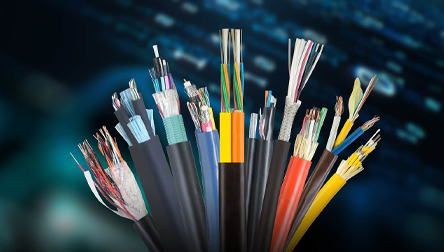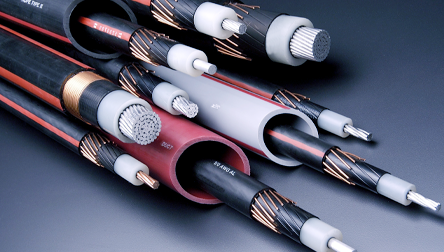Test method for non-live performance of power cables
Release time: 2021-12-31 17:56
With the development of urban construction, the power cable has become more and more important in the power supply of the urban network, gradually replacing the overhead transmission lines in some urban areas. At the same time, with the increase of the number of cables and the extension of running time, the cable failure is more and more frequent. Because of the concealment of cable lines, the imperfect operation data of individual operating units and the limitations of testing equipment, it is very difficult to find cable faults. According to the nature of power cable fault can be divided into series (broken line) fault and parallel (short circuit) fault two, the latter according to the insulation outside the metal sheath or shielding can be divided into main insulation fault (metal shielding), outer sheath (outer sheath) fault (no metal shielding) fault. According to different test methods, the main insulation fault can be divided into the insulation resistance Rf of the fault point:
(1) gold short circuit (low resistance) fault, which Rf different instruments and method selection are different, general Rf< 10Z0 (Z0 is cable wave impedance);
(2) high resistance fault;
(3) intermittent (flashover) failure three. There is no absolute boundary between the three, which are mainly distinguished by field test methods and related to the capacity and internal resistance of the equipment.
In recent ten years, XLPE power cable has been used extensively in Chinese city grid. According to the cable failure, there have been various different testing methods.
Related News








